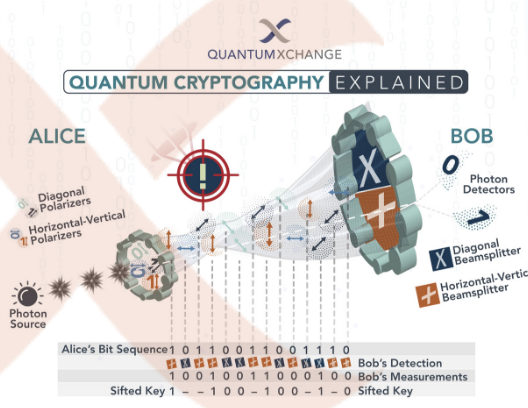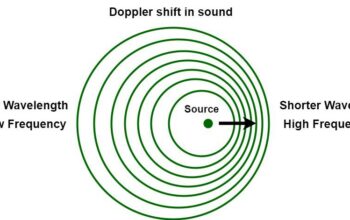In recent years, quantum computing and quantum cryptography have emerged as transformative disciplines at the intersection of physics and information technology. They promise to augment our computational capabilities and revolutionize the field of secure communication. Understanding these two interrelated areas requires not only an overview of their fundamental principles but also an appreciation for their implications and applications.
Foundational Concepts
At its core, quantum computing leverages the principles of quantum mechanics to process information. Traditional computers rely on bits, which exist in states of 0 or 1. In contrast, quantum computers use quantum bits, or qubits. Qubits can exist simultaneously in multiple states due to the phenomenon known as superposition. The ability of qubits to be in multiple states simultaneously allows quantum computers to perform complex calculations at speeds unattainable by classical computers.
Moreover, qubits can exhibit entanglement, a peculiar property where the state of one qubit instantaneously influences the state of another, regardless of the distance separating them. This aspect of entanglement not only allows for a greater range of computational capabilities but also serves as the backbone of many quantum cryptographic protocols.
Quantum Cryptography: Safeguarding Information
Quantum cryptography is a branch of cryptography that employs quantum mechanics to secure the transmission of information. The most notable protocol is Quantum Key Distribution (QKD). QKD exploits the principles of quantum mechanics to create a secure communication channel that is theoretically impervious to eavesdropping.
The foundational concept of QKD, particularly the BB84 protocol formulated by Charles Bennett and Gilles Brassard in 1984, relies upon the uncertainty principle. When an eavesdropper attempts to intercept the quantum bits being transmitted, the act of measuring them inevitably alters their state. This disturbance alerts the communicating parties, allowing them to abort the transmission if their key is compromised.
Notably, QKD does not enable the encryption of data itself; rather, it generates a shared, secret key used in classical encryption algorithms. This symbiotic relationship between classical cryptography and quantum cryptography is essential to providing a comprehensive security framework.
Applications of Quantum Computing and Cryptography
The synergy between quantum computing and quantum cryptography has far-reaching implications in various fields. Industries such as finance, healthcare, and telecommunications can benefit immensely from these advancements. In finance, for instance, quantum algorithms can process complex financial models and optimize trading strategies in real time. The capacity to analyze vast datasets swiftly is expected to disrupt traditional forecasting methods.
In the healthcare sector, quantum computing could enhance the modeling of molecular interactions and accelerate drug discovery processes. The computational power of quantum systems can simulate biochemical processes with unprecedented accuracy, enabling researchers to identify promising compounds more efficiently.
Telecommunications, too, stands to gain from quantum cryptographic methods. Traditional cryptographic systems face vulnerabilities, especially with the advent of quantum computers that can break widely used encryption protocols. By implementing quantum cryptography, companies can bolster their data integrity and confidentiality against potential quantum attacks.
Challenges and Limitations
Furthermore, the integration of quantum technologies with existing systems presents socioeconomic and logistical concerns. As organizations transition into the quantum realm, they must navigate compatibility issues, workforce training, and the potential for increased cybersecurity risks during the transitional phase.
Future Perspectives and Conclusion
The future of quantum computing and quantum cryptography appears luminous, albeit complex. The continuous evolution in the understanding of quantum mechanics, coupled with rapid technological advancements, promises a paradigm shift in computational capabilities and secure communications. As researchers work to address the aforementioned challenges, the potential applications of these technologies may transcend current limitations, leading to breakthroughs that will redefine not only secure communication but also our overall interaction with information.
Ultimately, the dialectic between quantum computing and quantum cryptography underscores the importance of interdisciplinary approach in fostering innovations that not only promise enhanced security and efficiency but also challenge our conventional understanding of computation and cryptography. This exploration may soon open doors to uncharted territories in technology and security, paving the way for a new era of digital communication.












